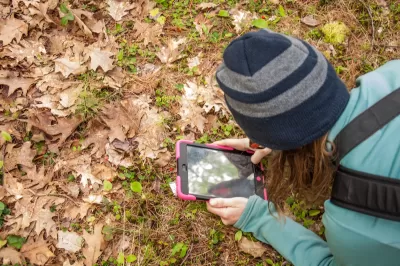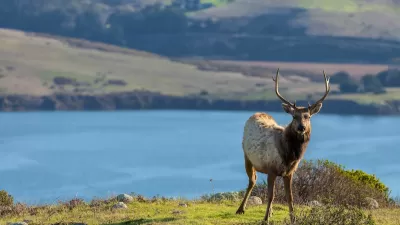Community science platforms like eBird and iNaturalist enhance early detection of invasive species, complementing professional surveillance and highlighting the need for stronger collaboration between the public and official authorities.

Early detection is crucial for managing invasive alien species (IAS), which pose significant threats to ecosystems, economies, and public health. While official surveillance is vital, a new study highlights the critical role of community science platforms, such as eBird and iNaturalist, in identifying these species. Analyzing 600 official first records of IAS from 30 countries, researchers compared professional databases with 220 million records from public platforms, finding that community contributions were earlier than official reports in 20 percent of cases and equally timed in 30 percent, showcasing the platforms' effectiveness in complementing formal surveillance.
The research revealed variations in early detection by species type and geography. Species regulated at the European level or observed in neighboring countries were reported more quickly on public platforms, likely due to heightened awareness. However, some obscure species requiring specialized identification techniques were detected faster by professional scientists. Countries like Sweden and the Netherlands stood out for their high rates of public-first detections, demonstrating the potential of integrating citizen data with professional monitoring systems to enhance IAS management.
To unlock the full potential of public participation in IAS detection, researchers recommend improved collaboration between authorities and community science platforms. Governments should ensure data from public contributions flow seamlessly into open databases and invest in technologies that support citizen reporting in under-surveyed areas. Strengthening these partnerships can enhance global IAS management and foster a more inclusive approach to biodiversity conservation.
FULL STORY: Unlocking the full potential of community-led surveillance of invasive species

Study: Maui’s Plan to Convert Vacation Rentals to Long-Term Housing Could Cause Nearly $1 Billion Economic Loss
The plan would reduce visitor accommodation by 25,% resulting in 1,900 jobs lost.

North Texas Transit Leaders Tout Benefits of TOD for Growing Region
At a summit focused on transit-oriented development, policymakers discussed how North Texas’ expanded light rail system can serve as a tool for economic growth.

Why Should We Subsidize Public Transportation?
Many public transit agencies face financial stress due to rising costs, declining fare revenue, and declining subsidies. Transit advocates must provide a strong business case for increasing public transit funding.

How Community Science Connects People, Parks, and Biodiversity
Community science engages people of all backgrounds in documenting local biodiversity, strengthening connections to nature, and contributing to global efforts like the City Nature Challenge to build a more inclusive and resilient future.

Alabama: Trump Terminates Settlements for Black Communities Harmed By Raw Sewage
Trump deemed the landmark civil rights agreement “illegal DEI and environmental justice policy.”

Dear Tesla Driver: “It’s not You, It’s Him.”
Amidst a booming bumper sticker industry, one writer offers solace to those asking, “Does this car make me look fascist?”
Urban Design for Planners 1: Software Tools
This six-course series explores essential urban design concepts using open source software and equips planners with the tools they need to participate fully in the urban design process.
Planning for Universal Design
Learn the tools for implementing Universal Design in planning regulations.
City of Santa Clarita
Ascent Environmental
Institute for Housing and Urban Development Studies (IHS)
City of Grandview
Harvard GSD Executive Education
Toledo-Lucas County Plan Commissions
Salt Lake City
NYU Wagner Graduate School of Public Service





























